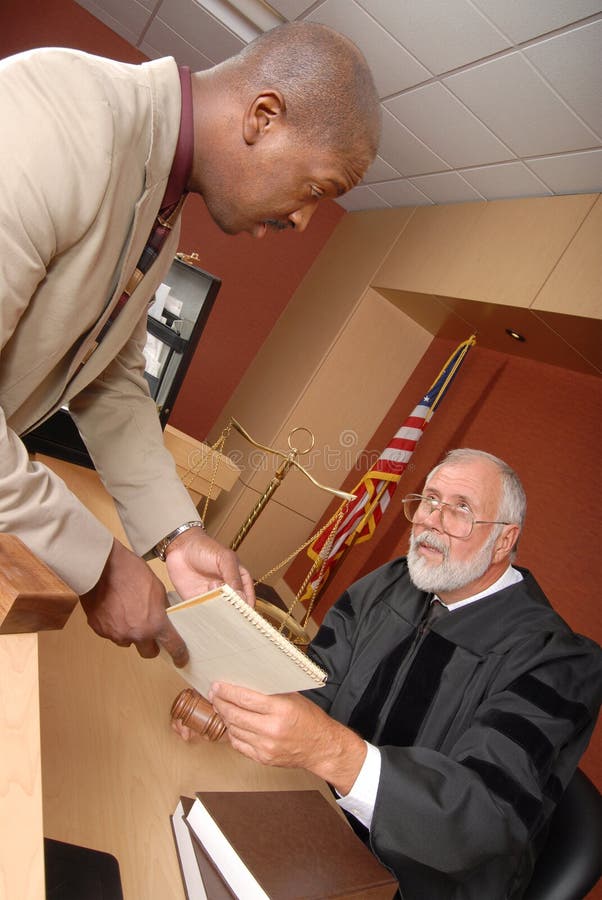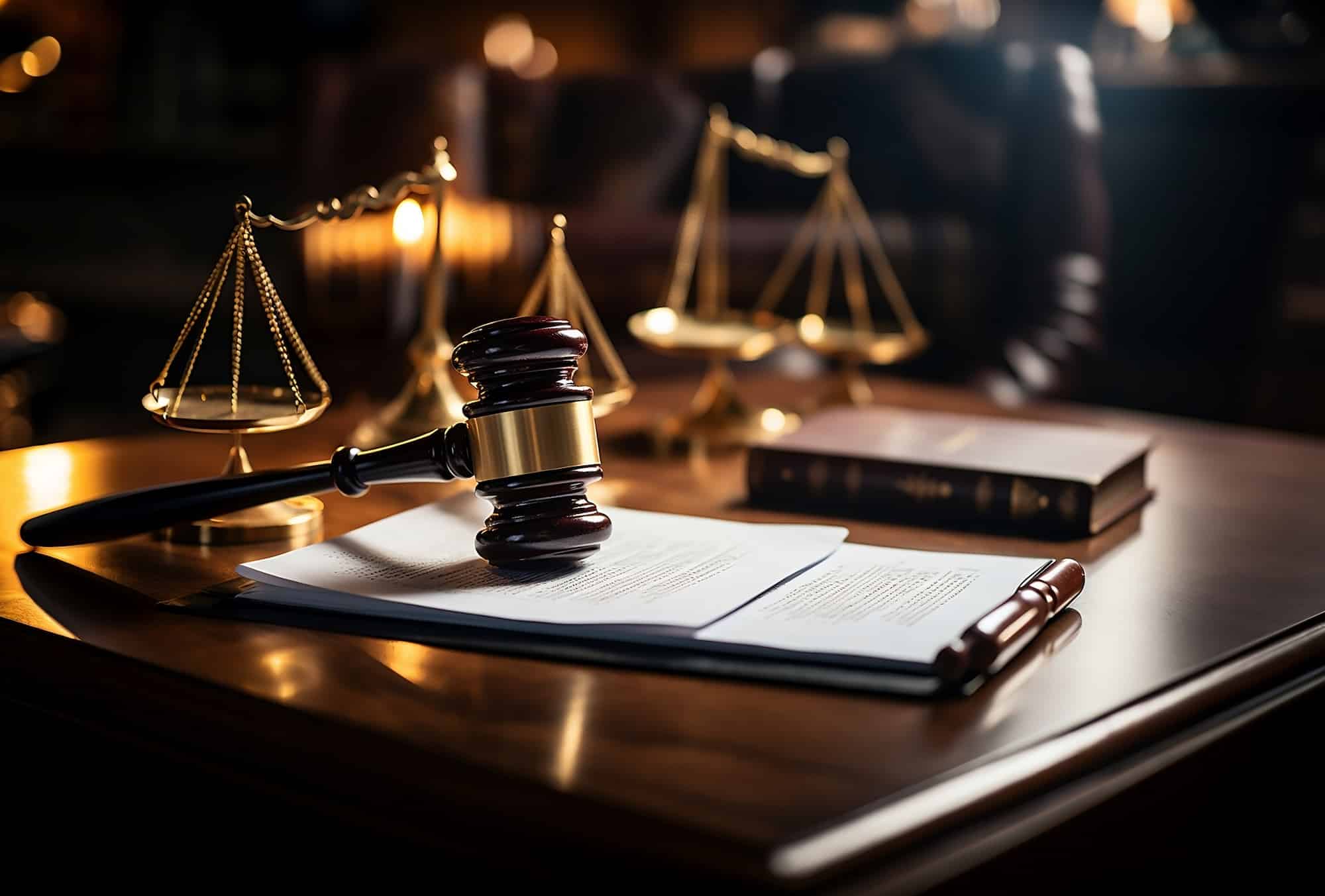Raise Your Lawful Experiment Cutting-edge Trial Presentations: Finest Practices and Guidance
Raise Your Lawful Experiment Cutting-edge Trial Presentations: Finest Practices and Guidance
Blog Article
Navigating the Complexities of Trial Presentations: Tips for Seamless Distribution and Compelling Arguments
In the world of lawful proceedings, the art of trial presentation stands as a vital determinant of success. As lawyers browse the complex web of court room characteristics, the capability to perfectly supply arguments and evidence while mesmerizing the court's attention ends up being paramount. The complexities intrinsic in test discussions require a delicate equilibrium of approach, skill, and finesse. By honing strategies that guarantee a sleek delivery and crafting compelling debates that reverberate with the target market, lawyers can considerably boost their advocacy. In a world where persuasion preponderates, understanding the complexities of trial presentations is not merely a choice yet a necessity for those seeking to prevail in the court.

Recognizing Test Purposes
To successfully browse a test, it is crucial to have a clear understanding of the purposes that need to be achieved. Before tipping into the court, lawful groups need to define their goals and preferred results. These purposes work as guiding concepts throughout the trial, forming methods and affecting decision-making processes.
Understanding trial goals entails a thorough evaluation of the situation, lawful criteria, and the client's finest rate of interests. Trial Presentations. It calls for a thorough exam of the truths, recognizing essential problems, and preparing for prospective obstacles. By establishing quantifiable and specific objectives, lawyers can customize their discussions and disagreements to align with the wanted outcomes
Furthermore, a clear grasp of trial purposes makes it possible for lawful groups to prioritize proof, witnesses, and lawful disagreements properly. It enables for the advancement of a meaningful story that resonates with the judge and jury, strengthening the overall instance discussion.

Organizing Proof Efficiently
Having a clear understanding of trial purposes lays the foundation for organizing proof properly in legal procedures - Trial Presentations. By straightening the presentation of evidence with the wanted outcomes of the test, lawful groups can strengthen their debates and improve their persuasiveness. One crucial facet of arranging evidence is categorization. Organizing proof based upon themes or relevance to certain legal aspects can aid streamline the presentation and make intricate information a lot more absorbable for the court or court.
One more key component in organizing evidence successfully is establishing a sensible flow. Presenting evidence in a sequential and meaningful fashion can help build a compelling story that supports the legal debates being made. Additionally, making use of aesthetic aids such as graphes, timelines, or charts can better boost the company of evidence and aid in clarifying complex partnerships or series of events.
Moreover, ensuring that all proof provided is admissible and pertinent to the situation is vital. Inadmissible or irrelevant evidence can take away from the toughness of the argument and possibly harm the trustworthiness of the providing party. Consequently, a careful testimonial and selection process should be taken on to include only the most visit our website legally sound and impactful evidence in the trial discussion.
Crafting Convincing Stories
Crafting compelling narratives plays a pivotal function in providing persuasive debates during lawful proceedings. When constructing a narrative for a trial discussion, it is essential to develop a clear story that highlights essential points and links them in a systematic fashion. By weaving with each other proof, testament, and legal disagreements into a cohesive and influential story, lawful experts can properly support for their clients and enhance the likelihood of a positive outcome in the courtroom.
Grasping Visual Aids
Effective use aesthetic aids is essential to boosting the effect and clearness of trial discussions. Aesthetic help, when made use of purposefully, have the power to simplify complex info, enhance bottom lines, and leave a long lasting impact on the judge and court. To master visual help in test discussions, it is critical to ensure that they are clear, succinct, and pertinent to the arguments being made.
When including visual help, such as charts, pictures, timelines, or graphs, into a test presentation, it is important to maintain them aesthetically appealing yet professional. The visuals must complement the spoken arguments, offering a graph of the details being discussed without frustrating the audience with unneeded details.
Moreover, practicing with the aesthetic aids in advance is critical to make sure a smooth shipment throughout the trial. Acquainting oneself with the material, changes, and timings of each aesthetic help can aid keep the flow of the presentation and prevent technological problems that may arise.
Supplying Impactful Closing Disagreements
A compelling closing debate serves as the end result of a trial discussion, encapsulating the look at this website core story and convincing the court and jury in the direction of a beneficial choice. To provide an impactful closing disagreement, it is important to succinctly evaluate bottom lines, highlight the staminas of your situation, and resolve any kind of weaknesses in a critical manner. Begin by describing the major debates that sustain your customer's position, emphasizing why the proof offered throughout the test sustains your story. It is necessary to produce a feeling of cohesion and quality, guiding the judge and court in the direction of the wanted final thought.
Moreover, integrating emotional appeal can even more strengthen your closing disagreement. Eventually, a well-crafted closing argument must leave an enduring impact, engaging the judge and court to rule in your client's support.
Verdict
Finally, mastering test discussions entails recognizing purposes, arranging proof, crafting narratives, utilizing visual aids, and supplying impactful closing arguments. By implementing these approaches efficiently, lawyers can offer their instance seamlessly and make engaging disagreements in the court room. It is essential to navigate the intricacies of trial presentations with precision and skill to accomplish success in lawful process.
By aligning the discussion of evidence with the wanted results of the test, legal teams can enhance their disagreements and boost their persuasiveness (Trial Presentations). To understand aesthetic aids in test discussions, it is important to make certain that they are clear, succinct, and appropriate to the arguments being made
A compelling closing you could look here argument offers as the culmination of a trial discussion, encapsulating the core story and convincing the court and jury in the direction of a favorable choice. Begin by detailing the main disagreements that sustain your client's position, stressing why the evidence offered throughout the trial supports your story.In conclusion, understanding trial discussions includes recognizing goals, arranging proof, crafting stories, utilizing aesthetic aids, and supplying impactful closing arguments.
Report this page